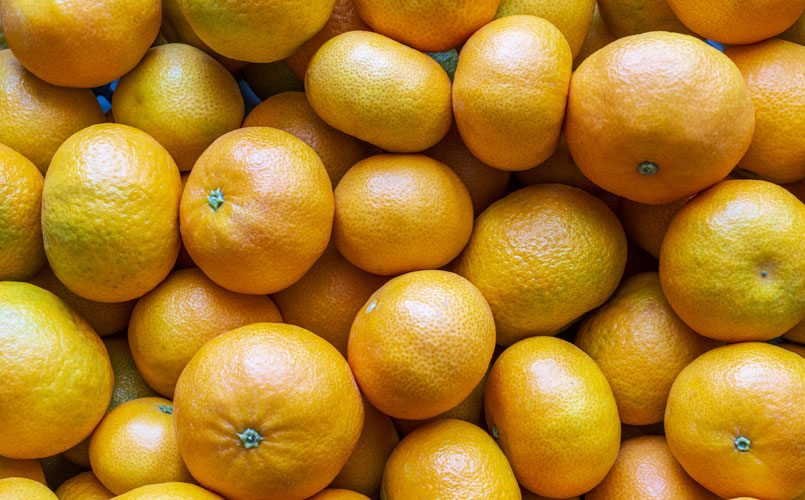How to Control Sour Rot of Citrus Fruit
Our Pace Field Technicians in California are accustomed to treating sour rot of mandarins; however, this year Pace’s team is also seeing a high incidence in Navel oranges. The decay is also appearing in storage much sooner than in previous years. Instead of treatment applications taking place in March or April, our California team has already begun applying treatments. Learn more about what Sour rot is and practices you can adopt now to reduce the spread of sour rot in your mandarins and navels.
What Causes Sour Rot?
Sour rot of citrus, caused by Geotrichum candidum var. citri-aurantii, can be a distressing storage disease. Although less common than green mold and more sporadic in occurrence, sour rot can cause significant economic losses during high rainfall years. This yeast-like fungus naturally survives in soil and can be disseminated onto fruit by rain splash, irrigation, wind, and insects. The fungus can readily colonize wound sites on injured fruit, resulting in a decay that is soft and juicy with a noticeably sour odor. Infection can spread rapidly during postharvest storage through contact with juices leaking from nearby rotting fruit. Sour rot management can best be achieved through implementation of proper sanitation practices and careful handling, both in the field and in the packing house.
Tips for Reducing the Spread of Sour Rot
Pre-harvest Practices
- Remove fallen fruit to minimize inoculum buildup of the fungus.
- Avoid harvesting during wet and rainy conditions.
- Do not skid bins on the ground.
- Clean mud on the bottom of bins before fungicide drenches.
- Educate pickers to minimize stem punctures and not put fruit on ground in field bins.
Postharvest Practices
- BioSpectra 100SC (natamycin) can provide good efficacy against sour rot.
- Mentor (propiconazole) also can provide good efficacy against sour rot.
- When exporting, always check MRLs for any product used.
- To avoid infection during packing, recirculated water systems should be maintained at the optimum PAA, Chlorine, or ORP levels.
- Line sanitation should be performed at least once per day and more often if there is a noticeable buildup of fruit matter.
- Run lots with higher expected decay levels at end of the day to prevent cross-contamination on the line.
For more information about postharvest best practices, please contact your local Pace representative or visit us at www.paceint.com.












